Poverty
MAIZE research has targeted those regions where 90% of the world's poor, climate-vulnerable farmers live. Against the backdrop increasingly virulent biotic stresses and a changing climate, MAIZE research has reduced poverty and improved livelihoods by developing and deploying stress-resilient varieties, promoting improved agronomic practices, and supporting the growth of local seed-systems.
